Clips affixed joint covers
Cover joints screw-on
Expansion or expansion joints, also known as movement joints, or structural joints are intervals of structural continuity, which in short are a separation between structures, masonry coatings, etc., thus preventing the non-continuity of efforts between two elements.
One of the simple ways to finish the expansion joint can be the application of a joint cover or joint cover. The joint covers protect the expansion joint but allow the expected movement of the expansion joint, thus, the breaking of the connection between the building sections is maintained, isolating the various efforts between them. The joints can be made of different materials such as stainless steel, aluminum, galvanized steel, PVC and have the most diverse finishes and colors, thus contributing to their integration in the decoration and finishing of buildings. As for its fixation, there is always the concern of not locking the expansion joint and allowing its movement, whatever the type of fixation, by screws, glued, by clips. Additionally, to ensure the waterproofing of the structural joint a flexible sealant can be used which is applied to close the joint opening and prevent moisture from entering the joint, with settling movement between the wall sections. All of these factors must be taken into account when carrying out a building envelope survey.
Materials adjacent to the edges of expansion joints are affected by differences in temperature, moisture infiltration and stress, which cause movement between the two sections. Temperature movement is the thermal expansion and contraction of building materials and is very common in areas that experience seasonal climate change. A long masonry wall will expand or contract over its height and length when heated or cooled by room temperature. The individual masonry units elongate when heated and deform when cooled. Changes in the height and length of the wall will create internal stresses on the various and consequently on the expansion joints that accommodate them.





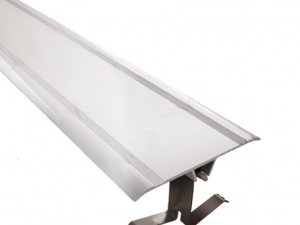
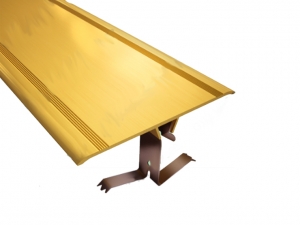
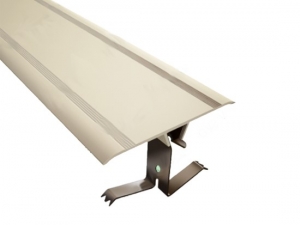
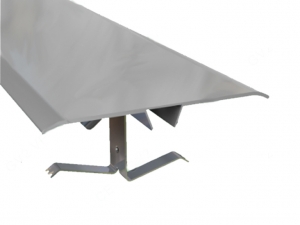

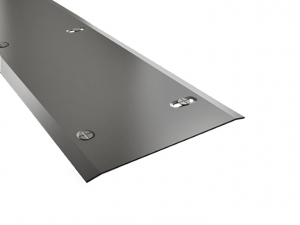

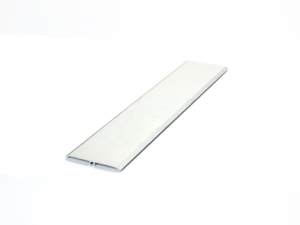
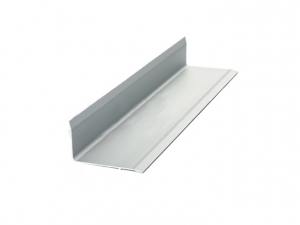
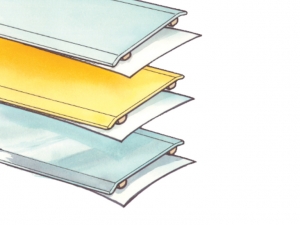
 Certificado para comercialização, instalação ou manutenção de equipamentos e sistemas SCIE Nº3325
Certificado para comercialização, instalação ou manutenção de equipamentos e sistemas SCIE Nº3325  Certificado de Empreiteiro de obras públicas Nº137213
Certificado de Empreiteiro de obras públicas Nº137213